## From Pixels to Reality: Can a Virtual War Mirror a Real One?
The world of gaming often blurs the lines between fantasy and reality. We immerse ourselves in digital landscapes, forging alliances, battling enemies, and experiencing narratives that feel all too real. But what happens when the lines truly blur? What happens when the virtual conflict spills over into the real world, echoing the very tensions and conflicts we’ve witnessed in our favorite games?
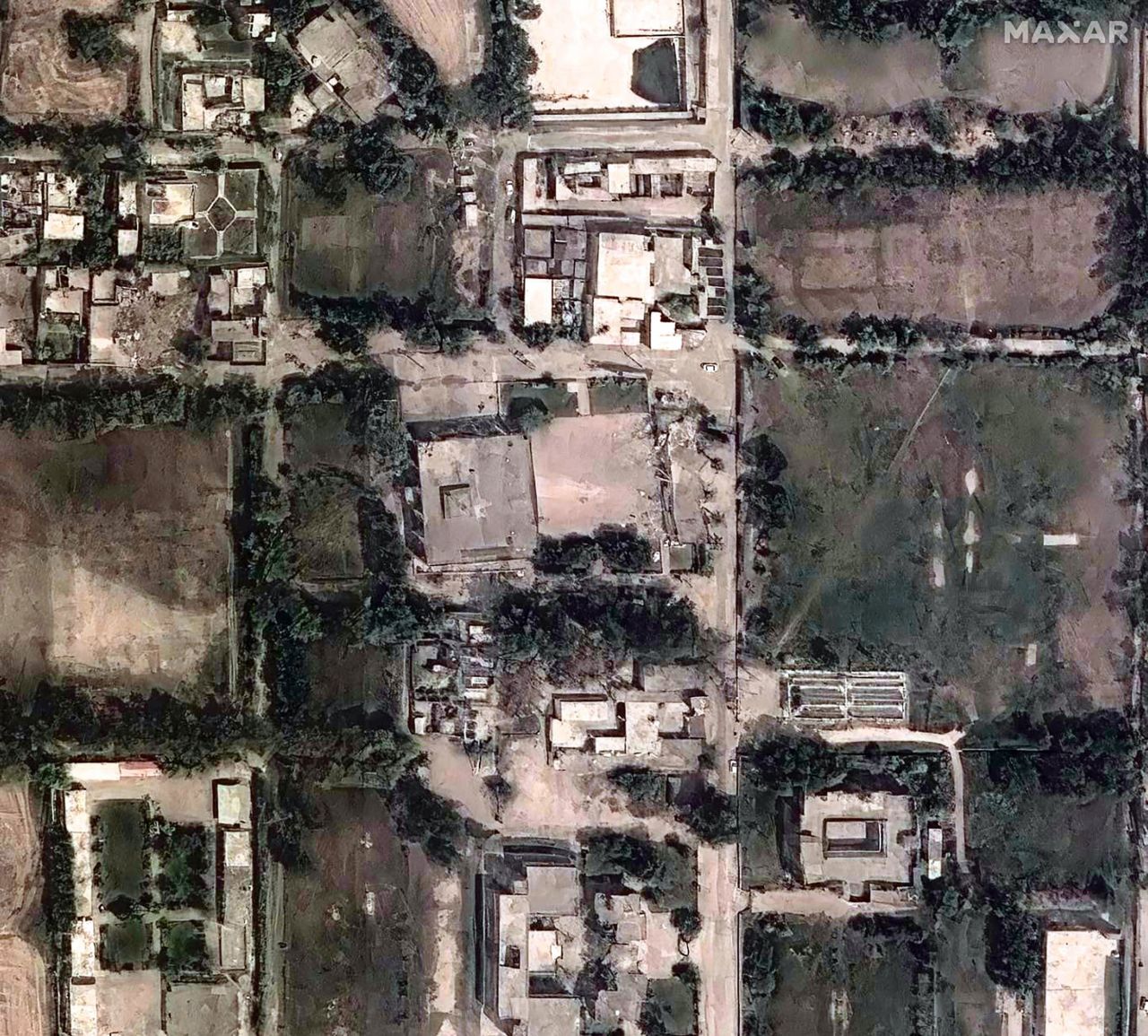
A recent headline sent shockwaves through the global community: “May 7, 2025 India launches attacks on Pakistan after Kashmir massacre – CNN.” This isn’t a plot line from a new war simulator; it’s a chilling glimpse into a potential future, a future where the virtual battles over Kashmir, fought countless times in online games, tragically translate into real-world devastation.
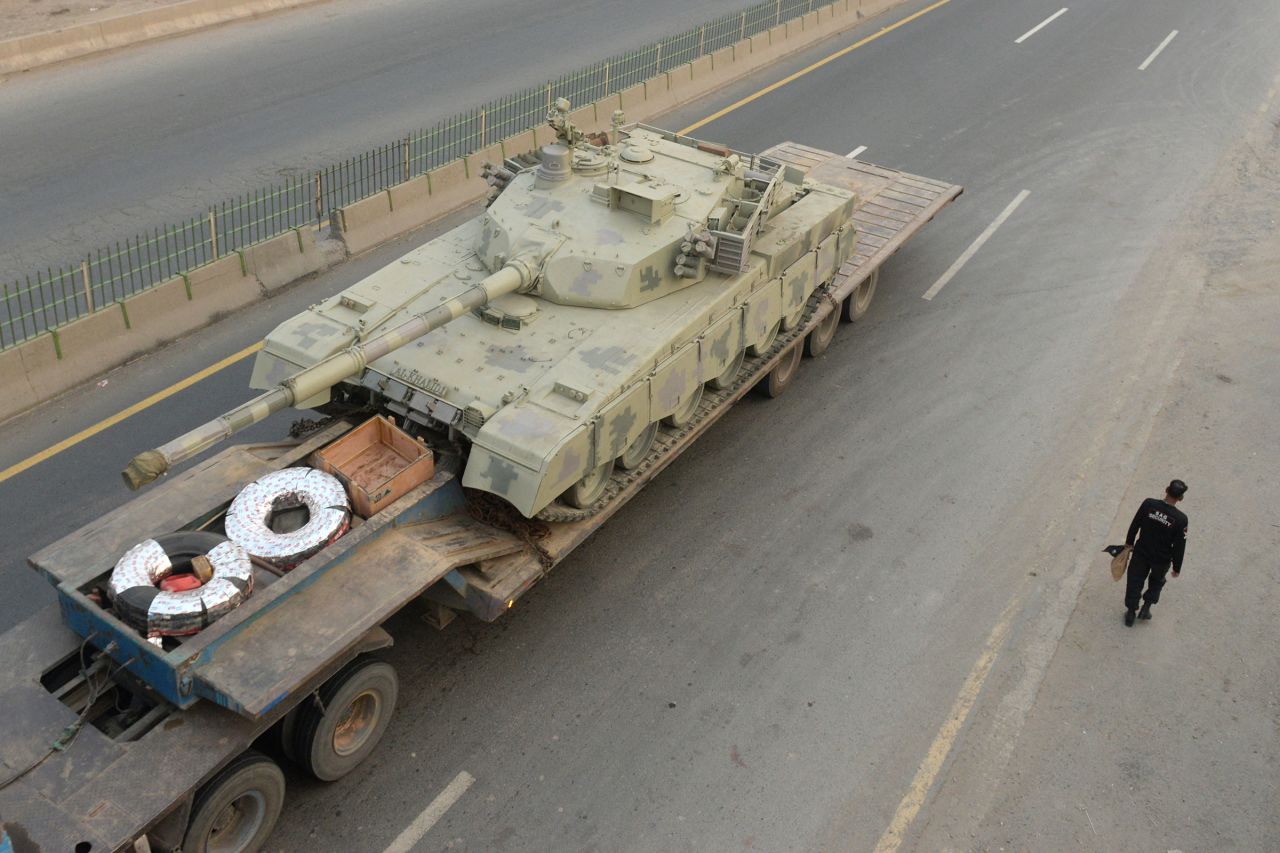
India’s Narrative
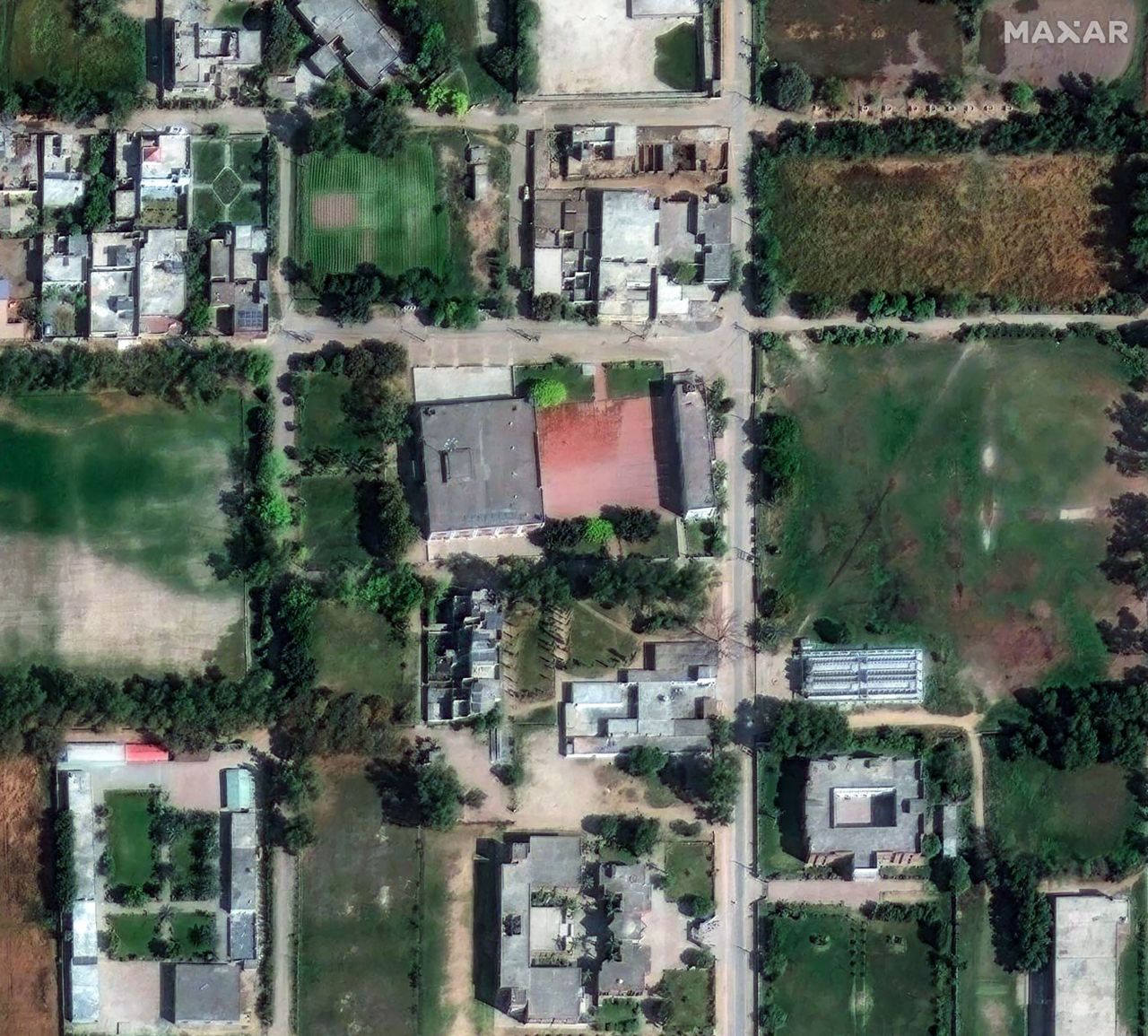
India has presented a detailed account of its actions, claiming the strikes targeted specific training camps and infrastructure belonging to the Lashkar-e-Tayyiba (LeT) and Jaish-e-Mohammed (JeM) militant groups. During a press conference, Indian officials displayed a map purportedly showcasing the locations of these facilities in Pakistan-administered Kashmir and Punjab province. The government alleges that these camps served as breeding grounds for terrorists responsible for attacks against India, including the recent massacre in Indian-administered Kashmir.
The Indian foreign secretary, Vikram Misri, reiterated these accusations, stating that Pakistan harbored and supported terrorist activities within the disputed region. He emphasized that the strikes were a measured response to the April massacre and a necessary step to curtail cross-border terrorism. India has called upon the international community to acknowledge Pakistan’s role in fostering terrorism and to support its efforts to combat this threat.
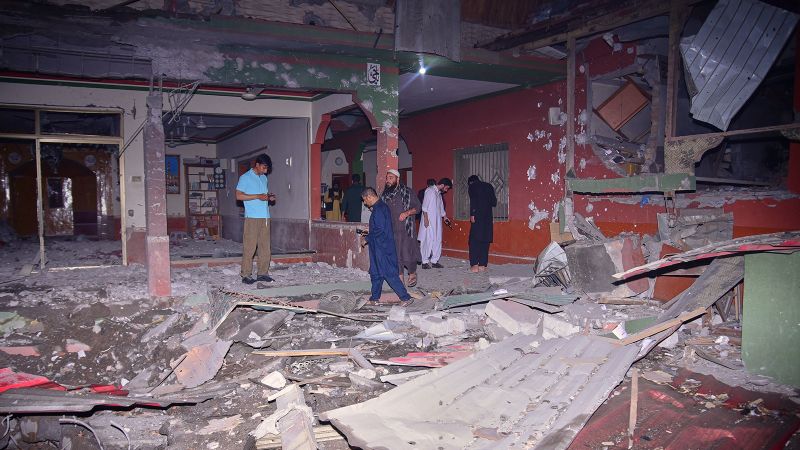
Evidence Presented by India
- A map outlining the alleged locations of terrorist training camps in Pakistan and Pakistan-administered Kashmir.
- Statements from senior government officials outlining the alleged connections between the targeted camps and the perpetrators of the April massacre.
- Claims that the strikes were conducted solely against terrorist infrastructure, with no civilian, economic, or military targets intentionally struck.
- Pakistan’s military claimed to have shot down five Indian Air Force jets, including three Rafale fighter jets, during the retaliatory action. This claim, if verified, would mark a significant escalation in the conflict and a major blow to Indian military capabilities.
- Pakistan has accused India of targeting civilian areas, resulting in civilian casualties and damage to mosques.
- The country has vowed a strong response to what it considers a violation of its sovereignty.
- Claims made by the Pakistani military regarding the downing of Indian fighter jets, including specific details about the types of aircraft involved.
- Reports of civilian casualties and damage to civilian infrastructure, including mosques, allegedly caused by Indian strikes.
- International media reports citing eyewitness accounts and images of alleged damage to civilian infrastructure in Pakistan.
- The United Nations Security Council issued a statement expressing deep concern over the situation and calling for restraint from both sides.
- US President Donald Trump urged both India and Pakistan to exercise restraint and avoid further escalation.
- Other world leaders, including those from the UK, France, and China, also expressed concern and called for a peaceful resolution to the conflict.
- The potential for a wider war between India and Pakistan, which could have devastating consequences for the region and beyond.
- The risk of civilian casualties and humanitarian suffering as a result of the ongoing conflict.
- The possibility of the conflict destabilizing the entire South Asian region and fueling regional tensions.
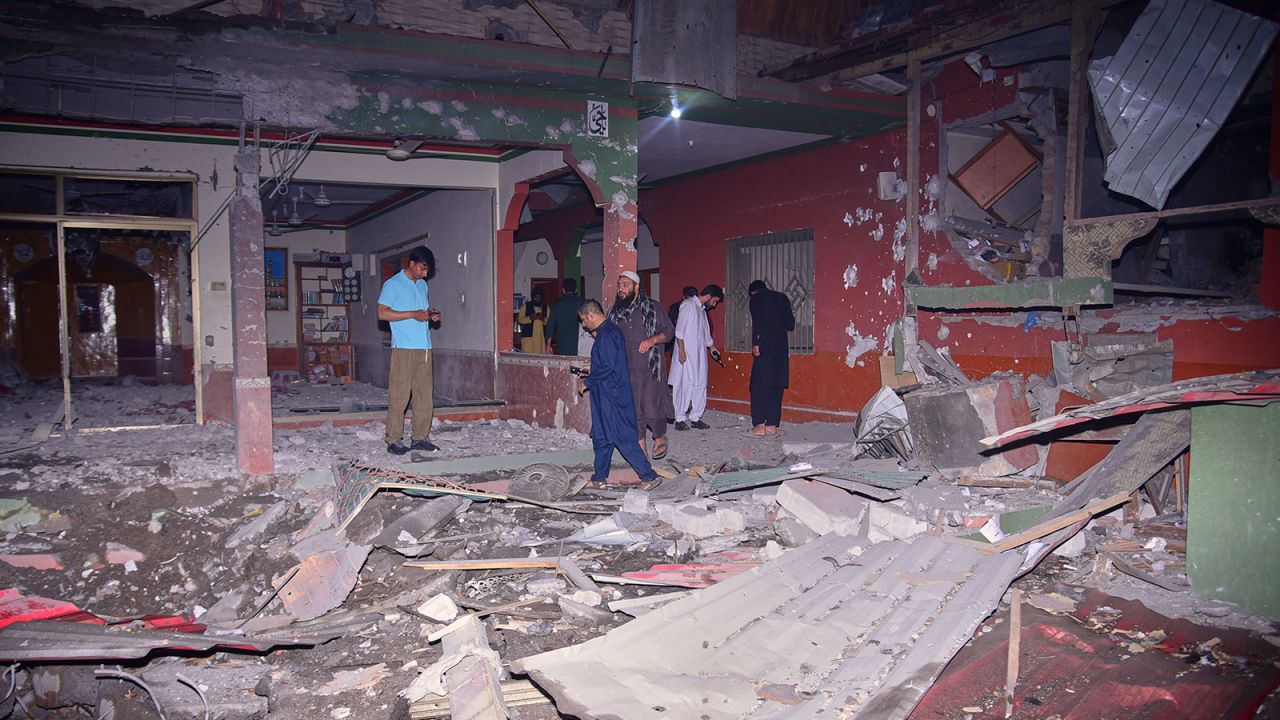
Potential Implications
India’s narrative seeks to portray its actions as a justified response to a direct threat emanating from Pakistan. This approach aims to garner international support and legitimize its military intervention. However, Pakistan’s strong denials and counter-accusations create a complex geopolitical landscape with potential ramifications for regional stability.
The use of force raises concerns about escalation and a potential widening of the conflict. Additionally, India’s reliance on evidence that is yet to be independently verified could lead to further mistrust and complicate diplomatic efforts to resolve the underlying issues.

Pakistan’s Rebuttal
Pakistan has vehemently rejected India’s claims, characterizing the strikes as an unprovoked act of aggression and a violation of its sovereignty. They have accused India of targeting civilian infrastructure, including mosques and residential areas, resulting in civilian casualties. Pakistani officials have also vowed a strong response, claiming their air force successfully shot down five Indian Air Force jets, including three Rafale fighter jets.
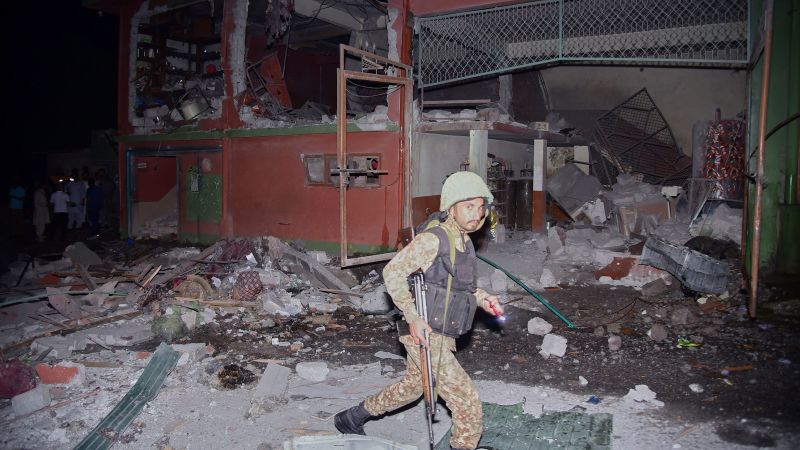
Pakistan’s Response to the Strikes
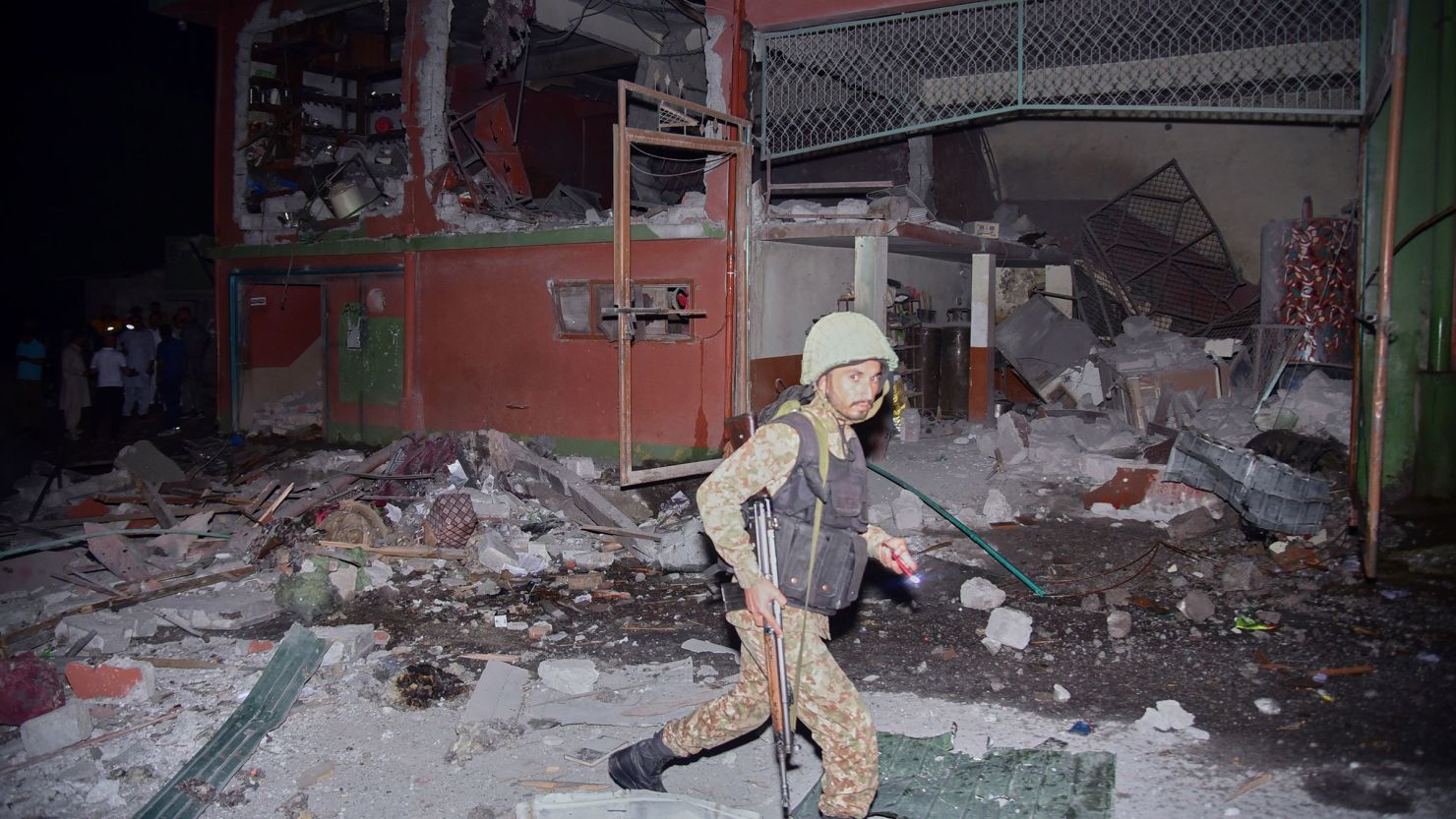
Evidence Presented by Pakistan
Potential Motivations Behind Pakistan’s Counter-Narrative
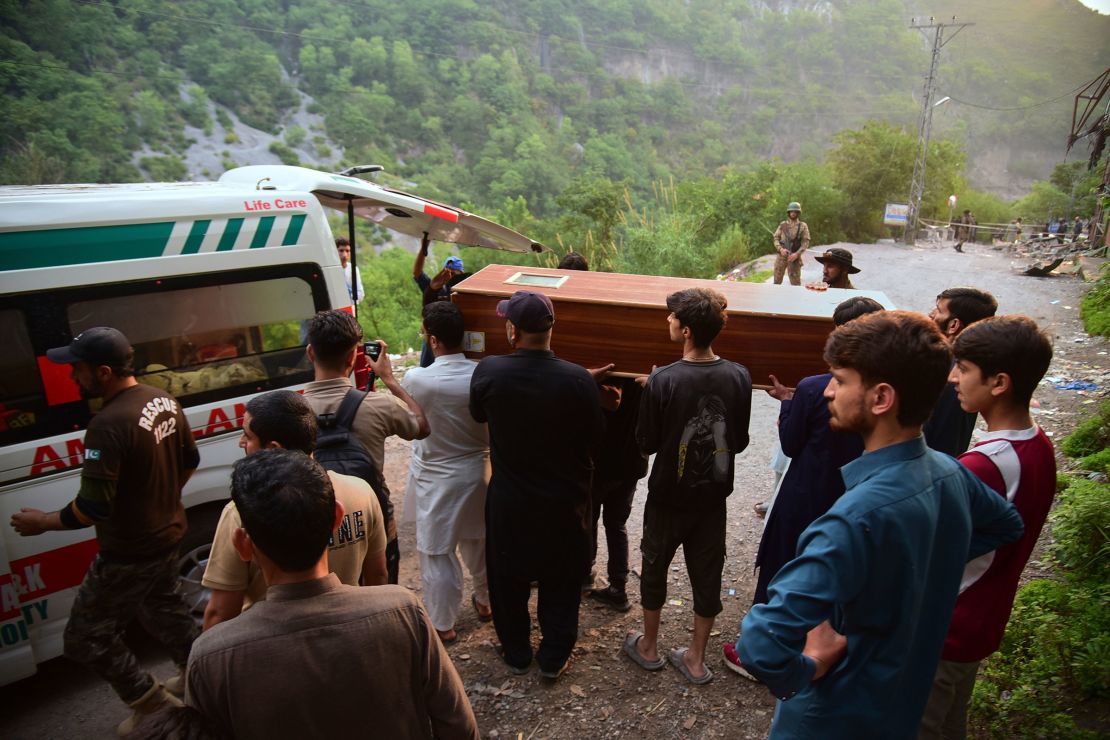
Pakistan’s strong rebuttal serves several purposes. Firstly, it aims to deflect international criticism and portray India as the aggressor in the conflict. By highlighting alleged civilian casualties and damage to civilian infrastructure, Pakistan seeks to garner sympathy and support from the international community. Secondly, Pakistan’s claims of shooting down Indian fighter jets, if true, could serve as a deterrent against further Indian aggression and strengthen its position in potential future negotiations.
Finally, Pakistan’s counter-narrative reinforces its domestic narrative of being a victim of Indian aggression, potentially galvanizing public support for its government and military actions.
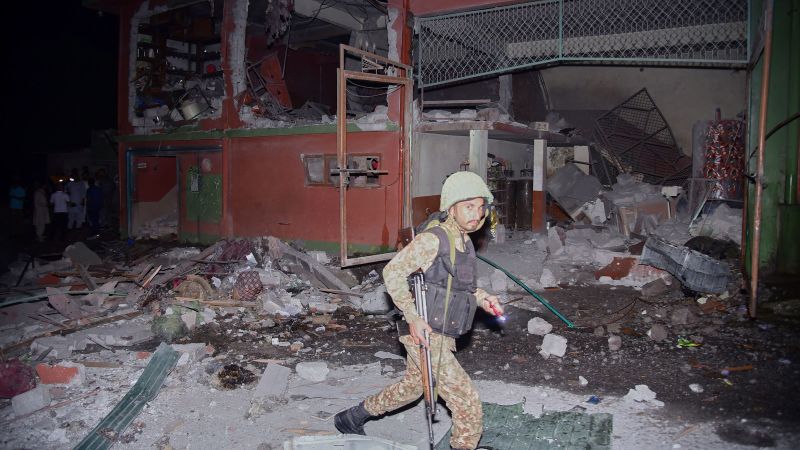
The International Scene
The escalating conflict between India and Pakistan has triggered widespread concern and calls for restraint from the international community. The United Nations Security Council held an urgent meeting to discuss the situation, with members expressing deep concern over the potential for further violence and emphasizing the need for de-escalation. Several world leaders, including US President Donald Trump, have urged both sides to exercise restraint and engage in dialogue to resolve their differences peacefully.
Reactions from International Leaders and Organizations
Concerns Raised by the International Community
Potential for International Intervention
While the international community has called for restraint and diplomacy, the likelihood of direct intervention in the conflict remains uncertain. The complex historical and geopolitical dynamics between India and Pakistan, coupled with the nuclear capabilities of both countries, create a highly sensitive environment.
Any intervention would require careful consideration and coordination among major powers to avoid further escalation. The international community’s primary focus remains on encouraging dialogue and peaceful resolution through diplomatic channels.
Conclusion
Conclusion: A Tense Standoff in the Subcontinent
In conclusion, the article “May 7, 2025 India launches attacks on Pakistan after Kashmir massacre – CNN” has shed light on the grave situation unfolding between India and Pakistan. The devastating massacre in Kashmir, coupled with India’s subsequent military aggression against Pakistan, highlights the long-standing tensions between the two nations. The article emphasizes how the situation has escalated rapidly, with both countries engaging in a cycle of retaliation and counter-retaliation. Key points discussed include the humanitarian crisis unfolding in Kashmir, the implications of India’s military actions on regional stability, and the potential consequences for global security.
The significance of this topic cannot be overstated, as it has far-reaching implications for the entire South Asian region. The ongoing standoff between India and Pakistan threatens to destabilize the region, with potential spillover effects on neighboring countries. Moreover, the situation raises questions about the efficacy of international diplomacy in resolving conflicts and preventing humanitarian crises. As the situation continues to unfold, it is crucial for the global community to remain vigilant and engaged, advocating for a peaceful resolution to the conflict.
As the situation continues to escalate, one thing is clear: the future of the subcontinent hangs in the balance. The world watches with bated breath as India and Pakistan engage in a high-stakes game of brinksmanship. Will diplomacy prevail, or will the cycle of violence continue to spiral out of control? Only time will tell. One thing is certain, however: the fate of millions of lives hangs in the balance, and the world cannot afford to look away.